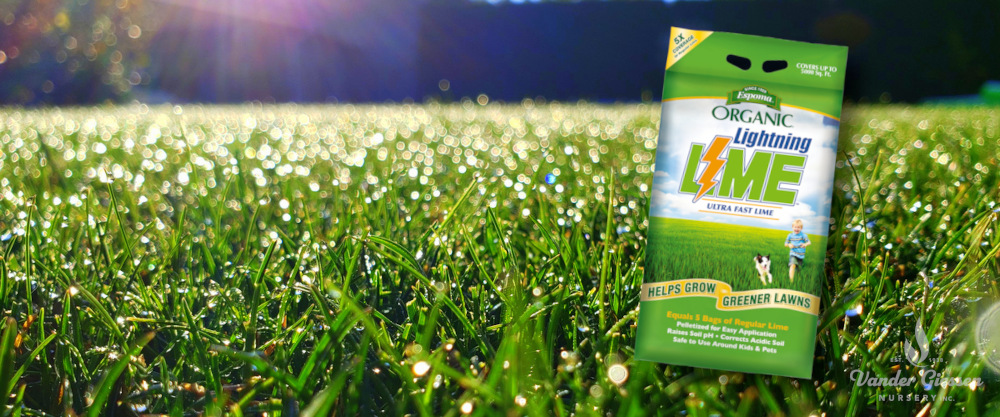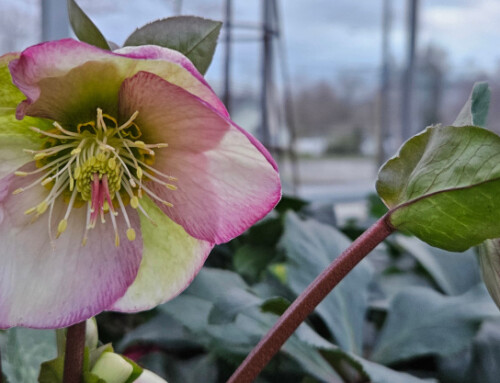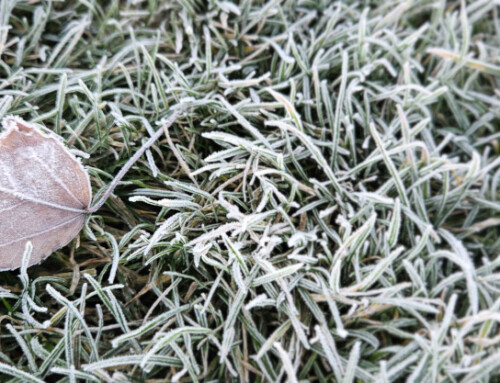Did I get your attention? I know, you probably read the title and thought, “Good grief—it’s already mid-autumn, the weather has been cold and rainy, I’m sick of mowing…and you expect me to keep gardening?!” It’s okay if you feel that way—you’re certainly not alone. And while a comfortable recliner and a good book sound great to just about anyone, I have a few reminders (the list is short, I promise!) to pass along to you as you wind down your gardening endeavors this fall.
First, about your lawn: I know that by this time of year you’re tired of caring for it and would like nothing more than to just put it out of your mind entirely. While it’s easy to do so, there are a couple things you can (and should) do yet before winter to keep your grass healthy and strong.
One of the most important yet most overlooked things to do is to spread lime. I know I’ve written about this before, but it bears mentioning again. Fertilizer is easy to remember—it makes sense that a growing lawn needs food. But what good does lime do? Without getting too deep into chemistry, lime helps to balance the pH of your soil, making the nutrients in fertilizer more available to your grass. Look at it this way: if you’re baking a batch of cookies, you can use the best flour and freshest eggs, but if you forget the baking soda, you’ll never enjoy a good snack!
Now, many people are familiar with dolomite lime—it’s what you’re most likely to find on store shelves. But if you want fast results, dolomite isn’t the best choice as it takes over six months to fully dissolve into your soil. Instead, we recommend Espoma Lightning Lime. Per square foot, it’s a cheaper alternative to dolomite. Moreover, because it’s been ground up and made into water-soluble pellets, it’s easy to apply with your fertilizer spreader and starts working in just two to three weeks. With an application of Lightning Lime in spring and fall, your fertilizer will be able to achieve its full potential.
Speaking of fertilizer, could your lawn use a pick-me-up? Despite what you see advertised, it’s still best to wait until November to apply a “winterizer.” If your lawn is desperately undernourished but you don’t feel like mowing more than absolutely necessary, use Scotts Turf Builder with Moss Control. Even if you don’t have moss, it’s a good blend to use for greening up your lawn without excessive growth.
Third, have you checked your supply of birdseed? The consensus among forecasters seems to be that we’re going to have a colder, snowier winter this year, and the way they’re feeding, birds appear to think so, too! Visit your farm or hardware store to pick up some high quality birdseed. While it’s often tempting to buy the cheapest seed available, birds can be very discerning and throw away the “junk” seed, meaning you end up spending more time and money refilling your feeders (and cleaning up underneath them!). If you need a new feeder or two, you’ll likely find those at a local farm store as well.
Finally, it’s still not too late to plant. Most nurseries around the county are still having fall sales, so take advantage of excellent prices and get some shrubs or trees in the ground before the snow flies!
This month, wrap up another year of gardening on a high note by properly preparing for winter. When you look out on a healthy green yard next spring, you’ll be glad you did!








Leave A Comment